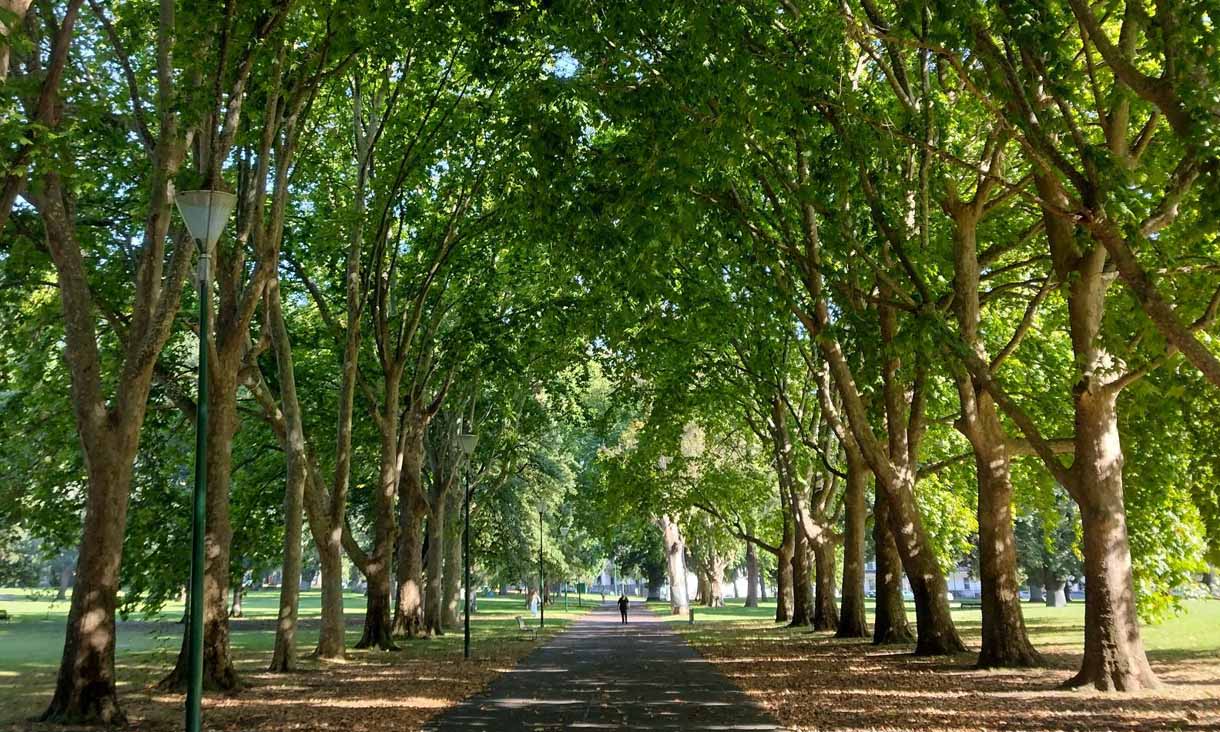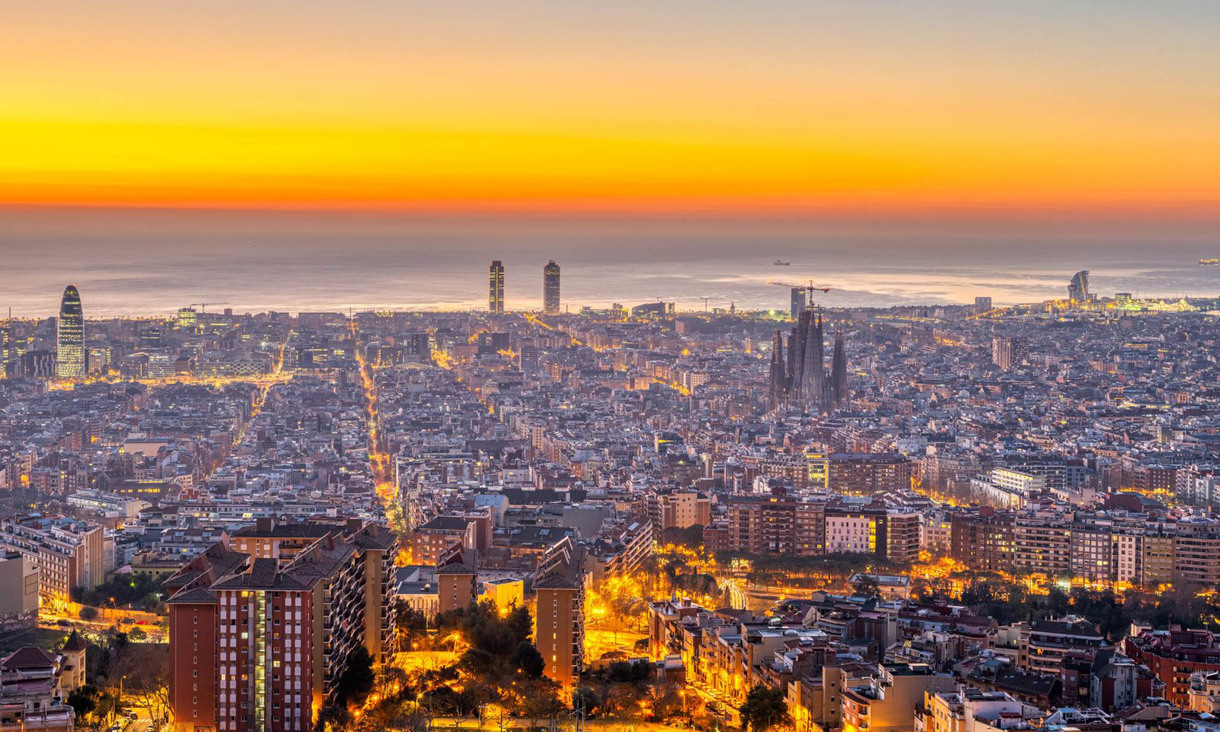
Smart city tech keeps Bendigo residents cool by mapping hot spots
A new smart technology platform launched today in Bendigo will help residents keep cool this summer by mapping the location of urban hot spots in the city to avoid on hot days.
Australian cities are widely known for their liveability, yet extreme heat can be a killer with inland regional towns being most vulnerable.
Shadeways, a new digital platform developed by RMIT researchers, uses Google Street View images and satellite heat imagery to show which streets and routes are likely to be shadier and cooler than others for pedestrians and cyclists.
Led by Associate Professor Marco Amati from the RMIT Centre for Urban Research, the platform will enable residents to move in comfort and safety.
“Temperature acts as an obstacle and impedes active travel such as walking and cycling,” Amati said.
“With the growing number of hot days, Shadeways is responding to the public’s need to travel through cool routes.
“Shadeways puts information about the cool areas in a city in the hands of people, enabling them to map a cooler route through the City of Greater Bendigo.
“It will give users the ability to stay outside and take part in active travel for longer periods of the day.”
Senator for Victoria the Hon Sarah Henderson, who attended the platform’s launch event at the Bendigo Bank Theatre at the Capital, said the project is an innovative and clever way to keep the Bendigo community safe during summer.
“The platform will help pedestrians and cyclists understand how their route will expose them to extreme temperatures.
“Innovative solutions such as this help boost community resilience to heat and extreme weather.”
 The new digital platform maps a Shadeway route through the city that has shade from trees, verandahs or buildings. Because of the shading, the path is generally cooler.
The new digital platform maps a Shadeway route through the city that has shade from trees, verandahs or buildings. Because of the shading, the path is generally cooler.
The urban heat maps provided by Shadeways will help inform where to prioritise street tree planting, with The City of Greater Bendigo drafting a plan to increase tree cover throughout urban areas and townships for release in early 2020.
City of Greater Bendigo Mayor Margaret O’Rourke said data and technology can dramatically improve city planning and approaches to managing climate change.
“We have been able to understand where our streets are hottest and coolest, which will help us to reduce hot spots by planting trees and cooling the city,” Cr O’Rourke said.
“This will be helpful in improving the overall health and wellbeing of pedestrians, particularly vulnerable people such as the very young, elderly and disabled.
“We appreciate the opportunity to be a test site for this leading technology and data collection and look forward to our community benefiting in the long term and using the information collected to enhance our overall liveability.”
Amati said the project's technology and concept are completely scalable and is already being adopted in a pilot for the City of Melbourne's innovation district as an extension.
“Solving issues like extreme heat in our cities is best done when researchers and innovators work closely with both local communities and governments,” Amati said.
“This kind of partnership ensures the solutions we have developed are relevant and supported to succeed.”
The project is part of the Australian Government’s Smart Cities and Suburbs Program in partnership with La Trobe University, City of Greater Bendigo, Shanghai Qijing Planning Architecture and Design, and Spatial Vision Innovations Pty Ltd.
Story: Chanel Koeleman
- Sustainability
- Society
- Urban Design
- Research
- Environment
Related News
Housing policies leaving vulnerable Australians exposed to natural disasters
A coalition of urban planning experts has called for natural disaster resilience and recovery to be embedded into housing planning policies.
Major Australian cities fail international tree canopy goals: study
New research measuring access to nature for eight major global cities, including central Melbourne and Sydney, found most have inadequate canopy cover despite access to an abundance of trees.
New report proposes using tax system to improve rental properties
A new report from RMIT University urban policy experts recommends using Australia’s tax system to force investors to improve conditions for private renters.
Hot cities: Collaborating for climate justice
As our cities heat up, we must urgently find ways to think and act differently to better address the impacts of climate change particularly for those most marginalised, according to RMIT urban futures expert Professor Wendy Steele.
Acknowledgement of Country
RMIT University acknowledges the people of the Woi wurrung and Boon wurrung language groups of the eastern Kulin Nation on whose unceded lands we conduct the business of the University. RMIT University respectfully acknowledges their Ancestors and Elders, past and present. RMIT also acknowledges the Traditional Custodians and their Ancestors of the lands and waters across Australia where we conduct our business - Artwork 'Sentient' by Hollie Johnson, Gunaikurnai and Monero Ngarigo.



